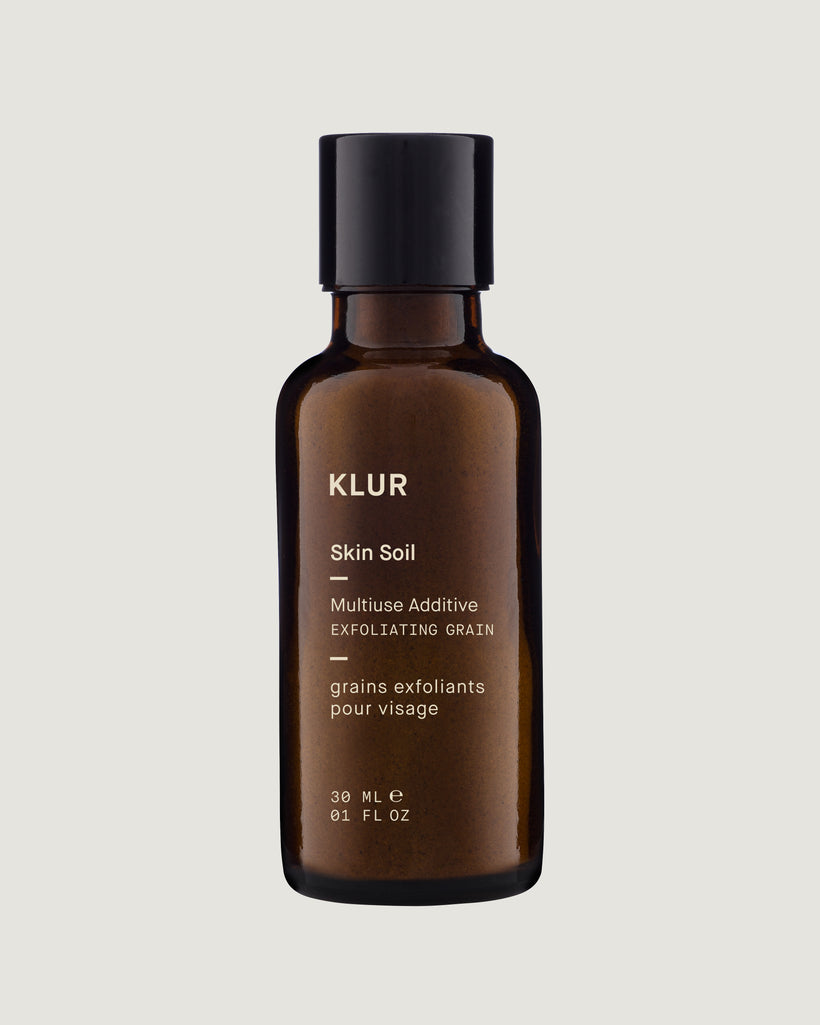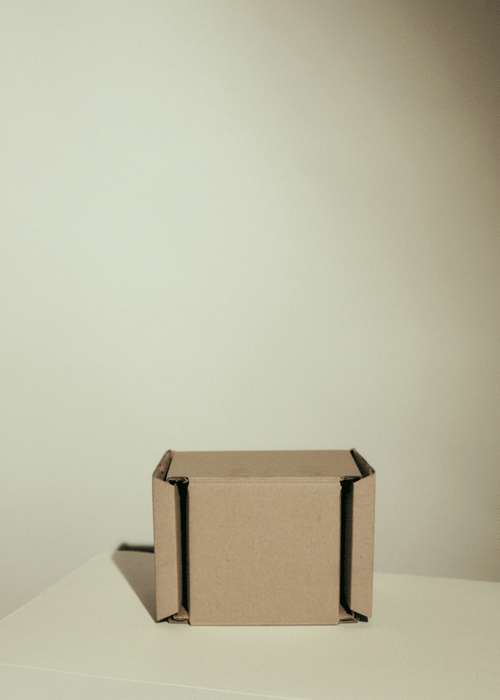Gotu Kola
Revered by Ayurvedic and Chinese medicine practitioners, Centella Asiatica (Gotu Kola) is a powerful herb delivering many benefits for skin, including collagen support and anti-inflammatory properties.
Ashwagandha
A powerful herb in Ayurvedic treatments, ashwagandha possesses an abundance of amino acids, antioxidants, and iron that work together to promote skin health. It can aid in the production of elastin, collagen, and hyaluronan for hydration.
Dandelion
This common flowering ‘weed’ may trouble gardeners but it has wonderful benefits for the skin and overall health! It contains iron, zinc, calcium, silicon and Vitamins E, B,C, and K plus amino acids and fatty acids. The flowers, stems, leaves and roots, can all be eaten but the roots are richest in active ingredients. Dandelion resiliency demonstrates how powerful it is.
Bamboo
Rich in natural silica, bamboo offers collagen stimulating benefits for firmer skin and methanol, a powerful anti-inflammatory found naturally in the sap promotes skin healing.
Rosehip
Did you know rosehip has been referred to as “the skin vitamin”? A powerhouse of antioxidants - especially Vitamin A - and fatty acids collectively work to boost skin regeneration and improve moisture to keep skin firm and supple.





